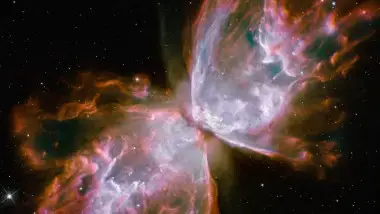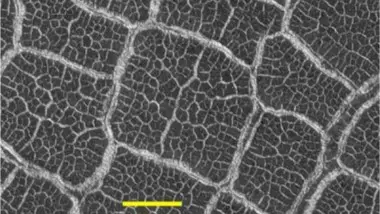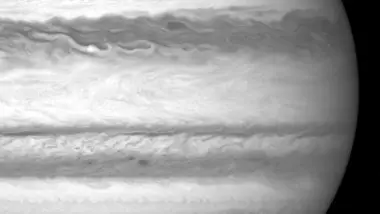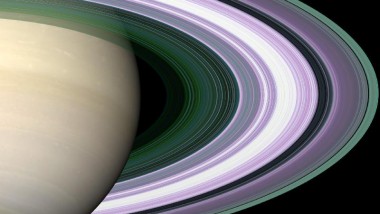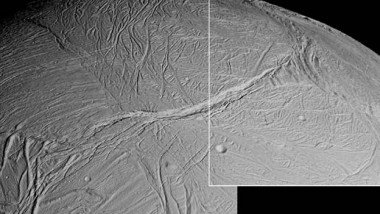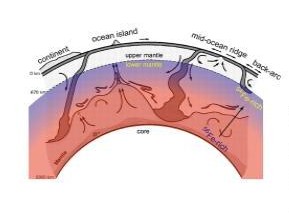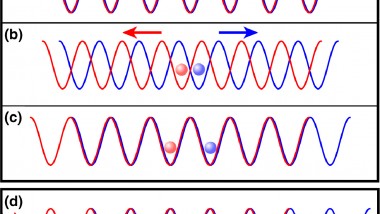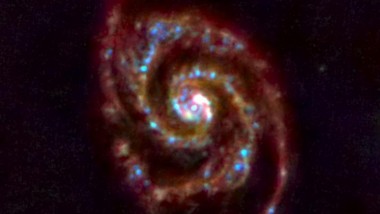This celestial object looks like a delicate butterfly. But it is far from serene. What resemble dainty butterfly wings are actually roiling cauldrons of gas heated to more than 36,000 degrees Fahrenheit. The gas is tearing across space at more ...
How Supergiant Stars Lose Mass
Two teams of astronomers, one from the Max Planck Institute for Radio Astronomy in Bonn, Germany, and one from the Paris Observatory, France, have recently used the European Southern Observatory’s Very Large Telescope to study Betelgeuse, the second brightest star ...
Martian Rivers and Lakes
Giant cracks that crisscross to form polygons have been imaged on the floors of hundreds of Martian impact craters by NASA’s Mars Reconnaissance Orbiter. Scientists have been aware of them for years, but assumed they resulted from the expansion and ...
Hubble Captures Rare Jupiter Collision
Recently, the world’s largest telescopes have been aimed towards Jupiter. The reason: observing a new, unexplained expanding spot on the giant planet, caused by the impact of a comet or an asteroid. The spot, which is changing from day to ...
Unraveling Saturn Rings
In this simulated image of Saturn’s rings, color is used to represent information about ring particle sizes in different regions based on the measured effects of three radio signals. Three simultaneous radio signals of 0.94, 3.6 and 13 centimeter wavelength ...
How Saturn’s Moon Got Its Stripes
Researchers from the University of Melbourne have revealed the origins of tiger stripes and a subsurface ocean on Enceladus, one of Saturn’s many moons. In addition to explaining these geological features, the study sheds light on the evolution of planets ...
Mars In Your Window
NASA’s Hubble Space Telescope snapped this picture of Mars within a day of its closest approach to Earth. A large regional dust storm appears as the brighter, redder cloudy region in the middle of the planet’s disk. This storm, which ...
New Method for Discovering Extrasolar Planets
Researchers at the Instituto de Astrofisica de Canarias in Tenerife have captured spectroscopic information from light passing through the Earth’s atmosphere during a lunar eclipse that could greatly enhance our ability to discover extrasolar planets. This so-called “transmission spectrum analysis” ...
Random Walk in Quantum Physics
Researchers at the University of Bonn have used caesium to demonstrate the unusual effects of quantum particles. Using the example of tossing a coin, the outcome can either be heads or tails. However, an atomic ‘coin’ can exhibit a superposition ...
Herschel Delivers Its First Images
The European Space Agency (ESA) has launched the Herschel Telescope about a month ago; recently, it started delivering its first images. The pictures taken are of higher quality than most space images, allowing astronomers to improve their study of nearby ...

